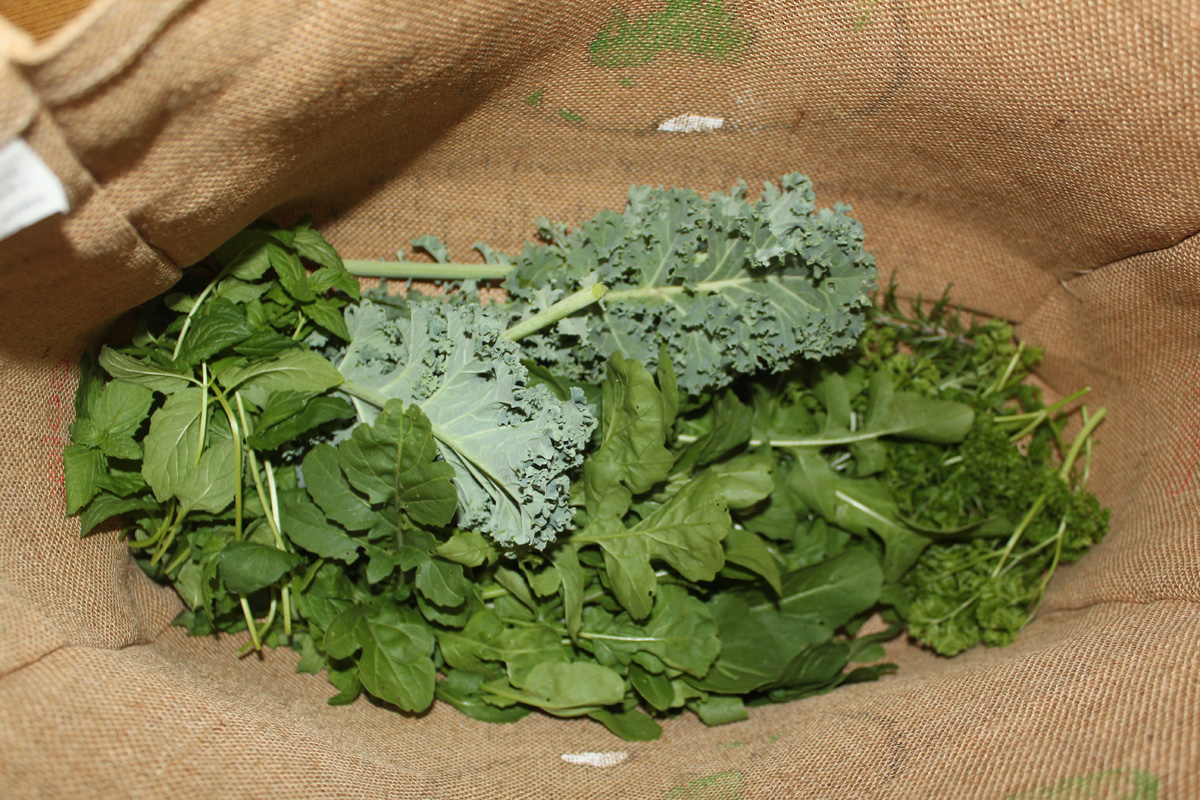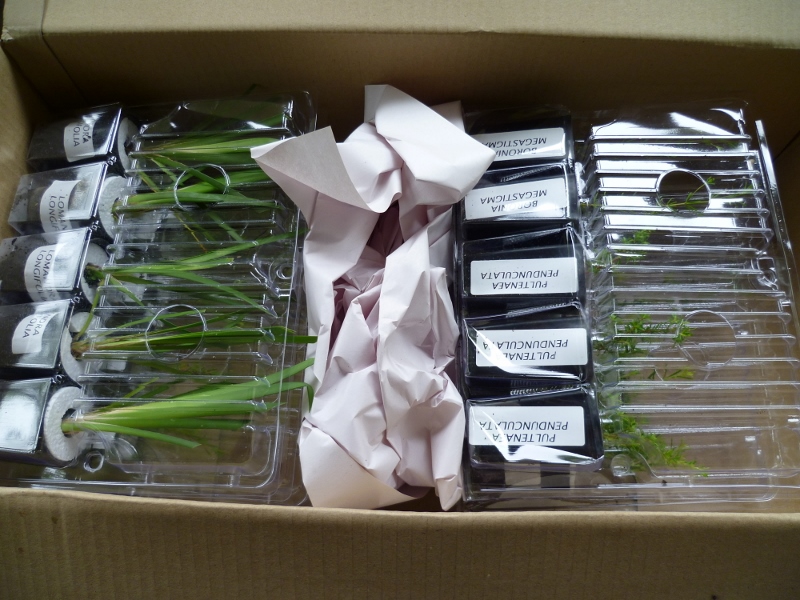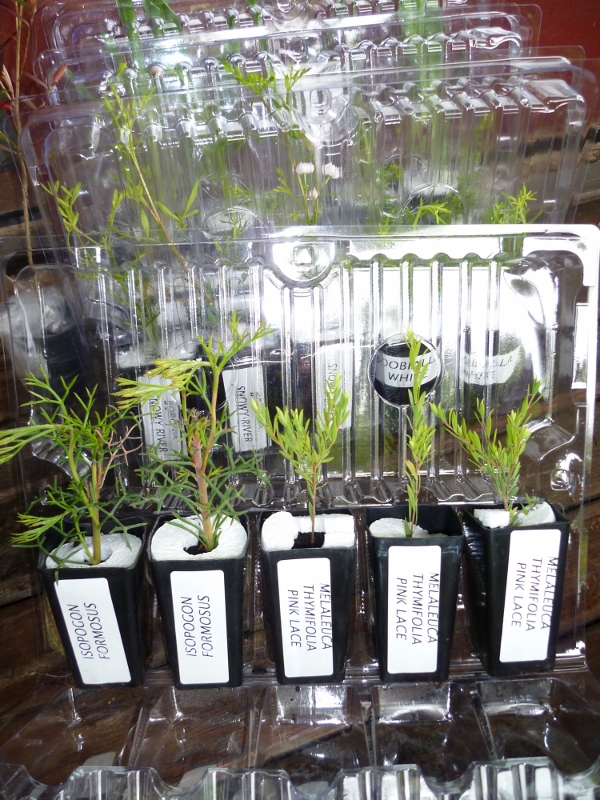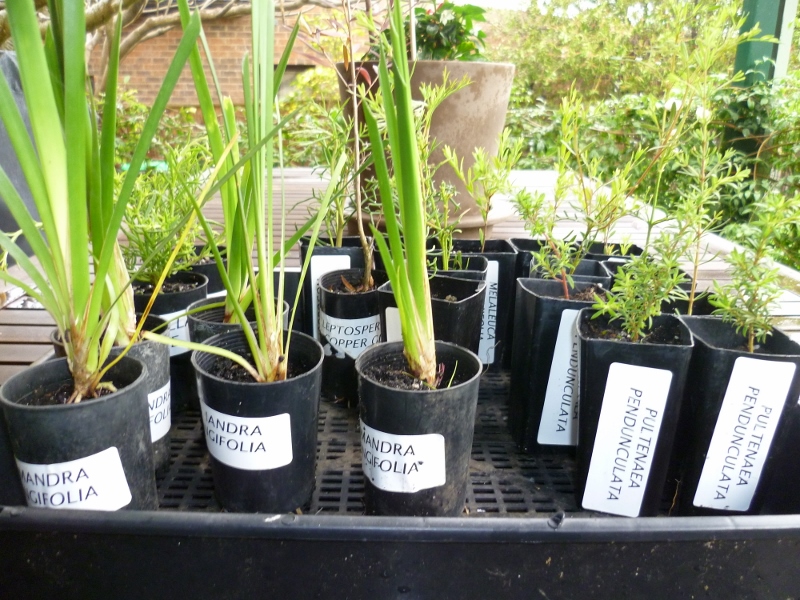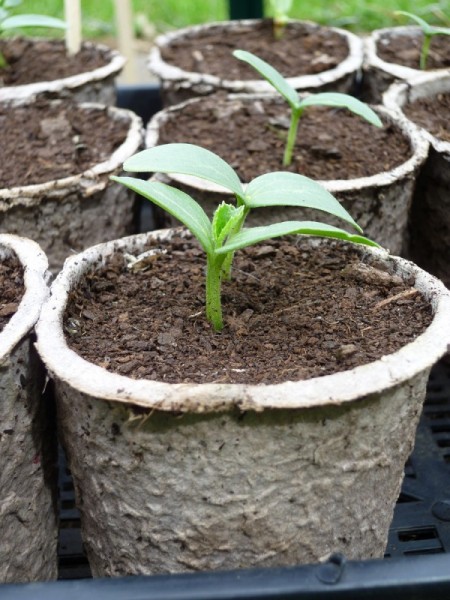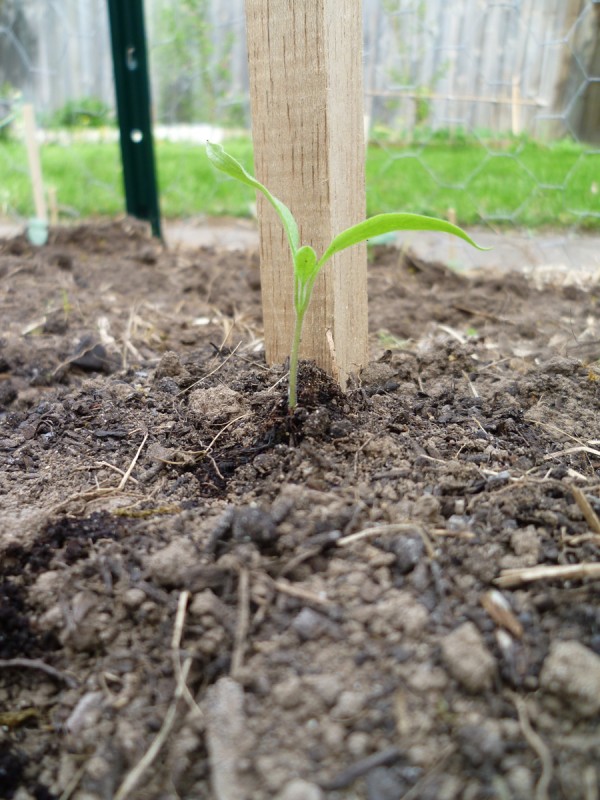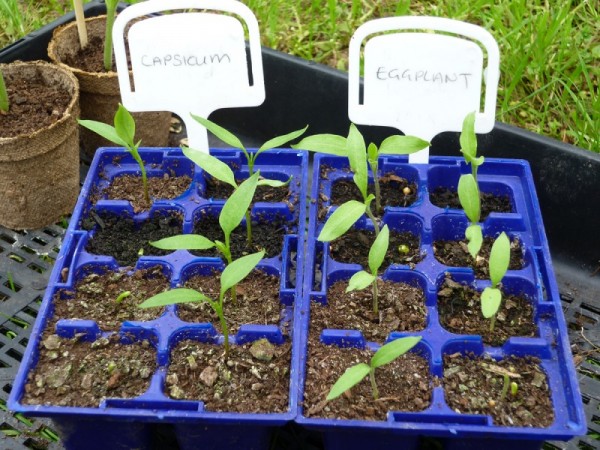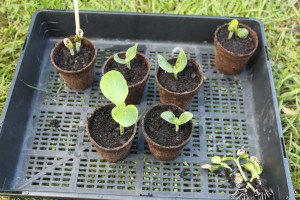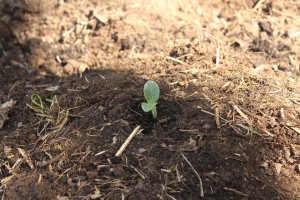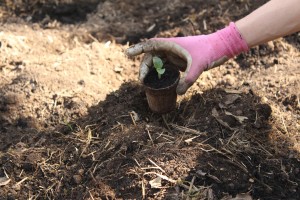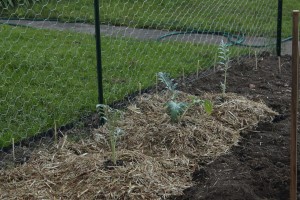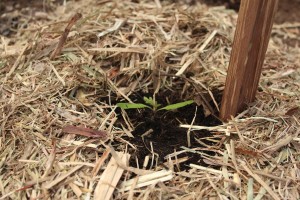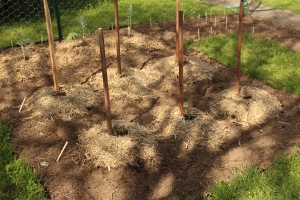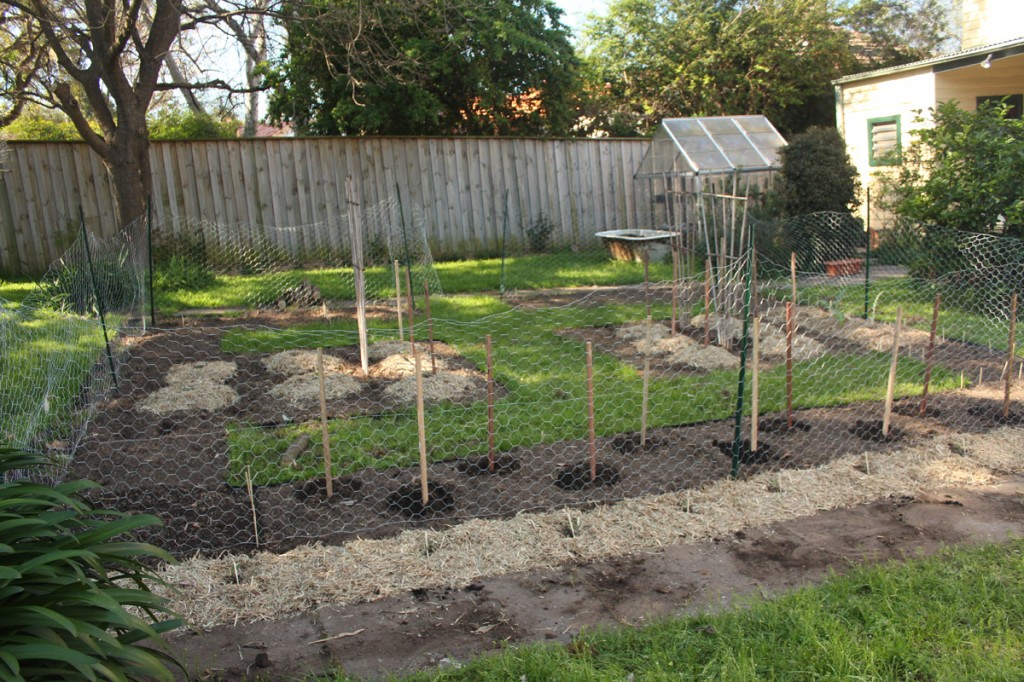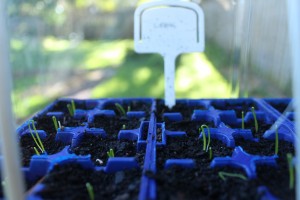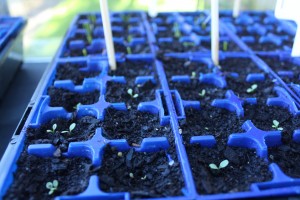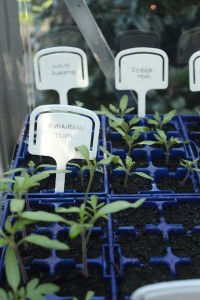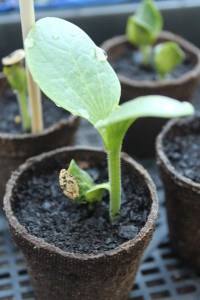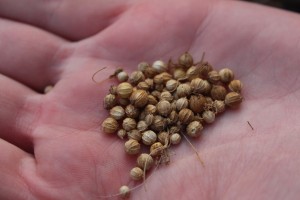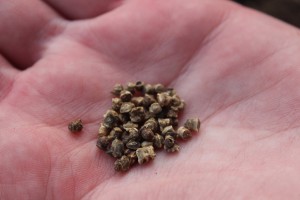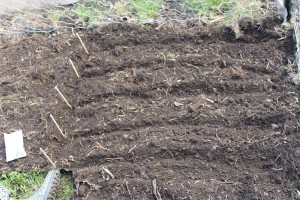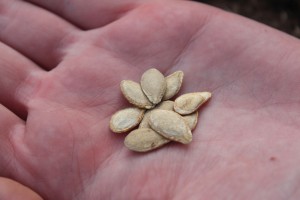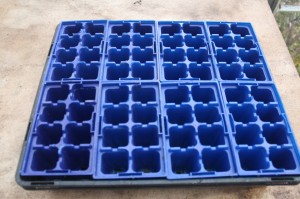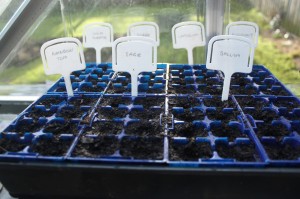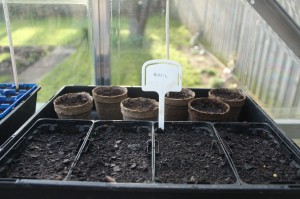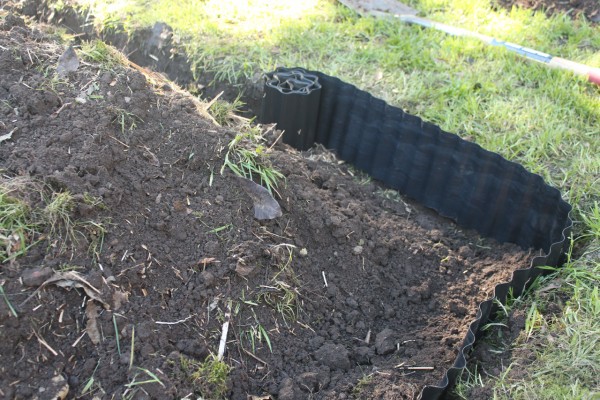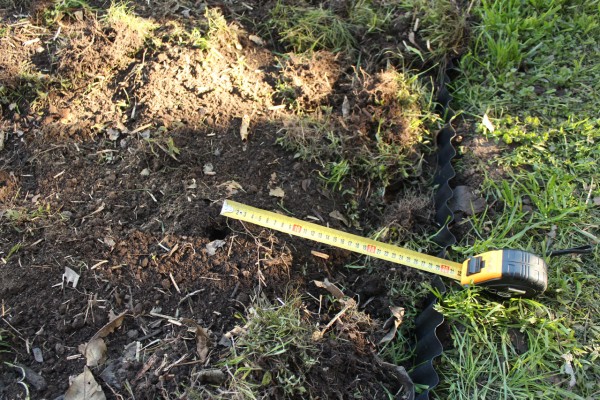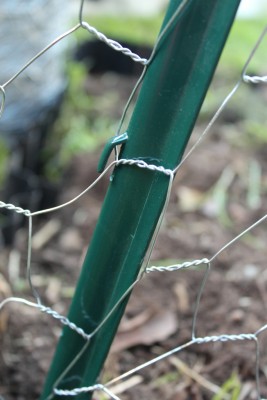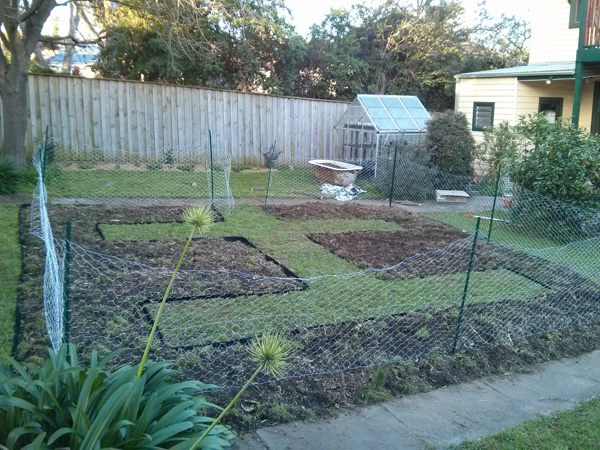Posts in Category: The Farm
Meanwhile, in the greenhouse…
The seeds that I planted into punnets about 3 weeks ago are coming along nicely. The tomatoes, cucumber, zucchini, eggplant and capsicum have all germinated. The salvia, sage, marigolds and chives aren’t doing so well- no action as yet. I think perhaps it isn’t getting hot enough in the greenhouse for them.
I have also had leaves from new plants go “missing” a few days after germination- especially the rudbeckia seedlings. This is super annoying, and whatever is doing it is leaving very few clues behind!! I decided today to move the punnets out of the greenhouse and onto the sunniest part of our back deck. I’m hoping this will help the remaining seeds to germinate, and will remove the seedlings from whatever keeps attacking them in the greenhouse.
A few of the seedlings are at a stage that I can transplant them to the vegetable patch over the next few days. So, in preparation I marked out where they are going to go (according to plan), topped up with some extra compost and hammered in some stakes for the plants that need them (like tomatoes).
Sowing Seeds
It’s the last week of winter and I’m really excited about getting my large seeds sown directly into the vegetable patch. Today I’m planting the first crops of corn, green beans, coriander, beetroot- I’ll plant a second round of these seeds in about 4-6 weeks to prolong the harvest. I’m also planting a watermelon and a pumpkin- these guys are going to take up lots of space, so there is only one of each.
To start off, I went through the soil again to remove any large lumps of grass. I turned the soil with a pitchfork to make sure all the pea straw mulch, compost and cow poo is mixed in well. I feel like I massacred lots of worms in this process, which is a shame as they help to improve the soil structure. Then I raked over the surface with a garden rake to even out the soil and ensure a good planting surface for the seeds.
Pretty much all the seeds I planted today need to be spaced about 10-15 cm apart. The greedy watermelon and pumpkin get 1-2 meters each of garden space. I’m thinking of growing some quick crops near them that will be ready for harvest by the time they completely take over the garden! I roughly measured out spacing between rows and marked with chopsticks, covered the seeds over and watered in well.
Given the time of year I shouldn’t have to water again until they germinate, as the soil is retaining moisture pretty well. This is particularly the case for the beans and the corn, as I don’t want them to get waterlogged and rot in the ground.
Preparing the Plants
While I wait a few weeks for the soil to settle and for the temperature to heat up, I am starting my seeds early in the greenhouse. I have already planned out what I am planting and how many plants I need to grow to fill the Backyard Farm. So the first step for preparing the plants is sterilising my propagation equipment. This involves rinsing off the potting trays and the soaking them in a 50:50 mix of white vinegar and water. An alternative is to use a diluted bleach and water solution, but I prefer not to use harsh chemicals where possible. Once the punnets have soaked for about 15 minutes, I give them a rinse in fresh water and dry them off ready to be filled with seed raising mix and seeds.
I’m planting seeds of hugely varying size, from the large ones like zucchini and cucumber to tiny Rudbeckia seeds. Always follow the specific growing on the packs, but generally speaking it is best to plant things like zucchini and cucumber either direct into growing position, or, as I have done, into peat or jiffy pots that mean that the roots won’t be disturbed when replanting. Other seedlings like basil, tomato, eggplant, capsicum and leek can go into punnets. I’m saving the corn, beans and melons for direct planting in a week or two.
I make sure everything is labelled and in order in the sunniest spot in the greenhouse, and keep the seeds moist while they germinate over the next week or so.
Adding Structures
It seems that I am doing weekly trips to the not-so-local hardware and gardening stores. Today’s purchase included garden edging. I wanted something that could be:
- easily removed (as the beds cannot be permanent);
- either look good or be hidden; and,
- would block grass and weed roots from creeping into the garden beds.
I ended up going with a lightweight black plastic edge that turned out to be excellent for all of the above and also great at going around the square corners of the patch.
The process was to sharply re-dig the edge of the patch, and lay out the edging with a minimal amount of plastic above the final soil surface. I back-filled with the soil as I went in order to keep the edging in place. Once again, a few tree roots had to be severed to ensure that the edging could be evenly laid. Once the edging is in place, the beds look much neater and it is easy to even out the soil in the beds.
The next step is to get the chicken wire fencing up- this is to act as both a support structure for growing climbing vegetables, as well as a tool to keep out our pooch, who finds digging in loose, fertilised soil particularly tempting. We are using really innovative steel posts that make attaching wire easy- all you have to do is loop and stretch the wire over the lugs (small hooks) that hold the wire in place. We are enclosing the vegetable patch on all sides, and will make some sort of gate at a later stage. For the moment, some extra chicken wire will suffice!
With the soil dug through, the edging in and the fencing up, it is really starting to look like a great space to grow vegetables!






